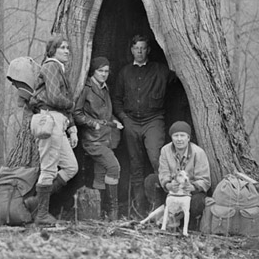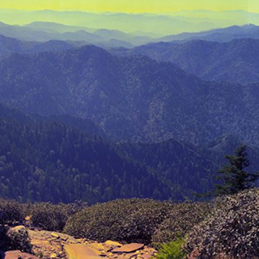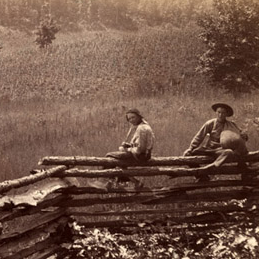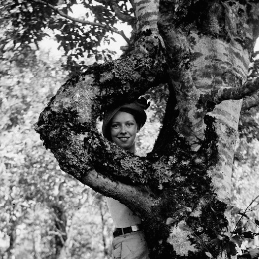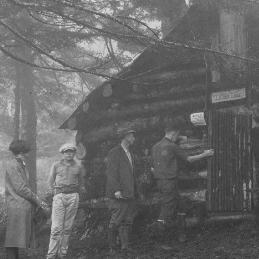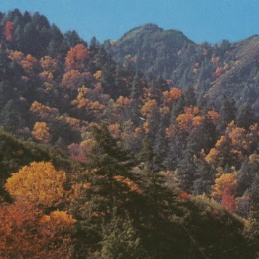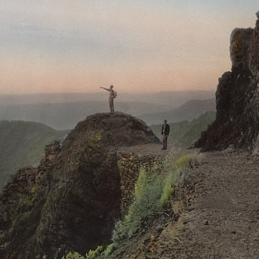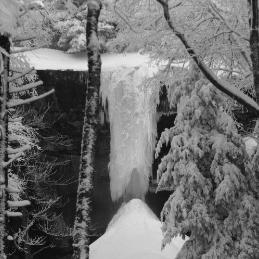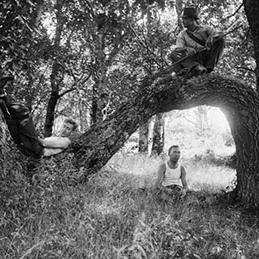Browse
Export 200 results:
Filters: Keyword is Archaeology [Clear All Filters]
Preliminary Lithic Resource and Procurement Survey of Cades Cove, Great Smoky Mountains National Park, Blount County, Tennessee. Knoxville, Tenn.: The University of Tennessee, 2005.
Preliminary Archaeological Assessment of the Great Smoky Mountains National Park. Chapel Hill, NC: The University of North Carolina at Chapel Hill, 1974.
The Prehistory of North Carolina: An Archaeological Symposium. North Carolina Department of Archives and History, 1983.
Prehistoric Settlement and Subsistence Patterns in the Great Smoky Mountains. Knoxville, TN: University of Tennessee, 1977.
"The Place of the Amerindian in the Origin of the Southern Appalachian Grass Balds." In Geobotany: Proceedings of the Geobotany Conference Held at Bowling Green State University, Bowling Green Ohio, February 21, 1976, edited by Robert C. Romans, 233-246. New York: Plenum Press, 1977.
Phase II Archaeological Testing of Sites 40SV105 and 40SV112 Located Along Greenbrier Road, Sevier County, Tennessee. Louisville, KY: AMEC Earth and Environmental, Inc., 2004.
Phase I Archeological Investigations of 14 Trails at Great Smoky Mountains National Park Prior to Rehabilitation and Expansion of the Trails. Tallahassee, FL: Southeast Archeological Center, 1999.
Phase I Archaeological Survey of Proposed Modifications to US 321 (SR 73), (Little Pigeon River Crossing, Alternate B), Sevier County, Tennessee. Franklin, TN: Duvall and Associates. Inc., 2005.
Phase I Archaeological Survey of Proposed Modifications to U.S. 321 (SR 73), (Little Pigeon River Crossing), Sevier County, Tennessee. Franklin, TN: Duvall and Associates. Inc., 2001.
Phase I Archaeological Reconnaissance of the Area to be Impacted by Improvements to Greenbrier Road. Luoisville, KY: AMEC Earth and Environmental, Inc, 2002.
Phase I Archaeological Reconnaissance of the Area to be Impacted by Construction for the Proposed Twin Creeks Science Center and Associated Utility Line. Louisville, KY: AMEC Earth and Environmental, Inc., 2002.
Phase I Archaeological Investigations by the Great Smoky Mountains Archaeological Field Program 2007, Cades Cove, Blount County, Tennessee. Knoxville, Tenn.: The University of Tennessee, 2007.
Phase I Archaeological Assessment of State Route 32 from State Route 73 at Cosby to Wilton Springs Road, Cocke County, Tennessee.. Morrisville, NC: URS Corporation, 2000.
Phase I Archaeological and Architectural Survey of SR 73 (U.S. 321) From Glades Road to the Little Pigeon River Bridge in Sevier County, Tennessee. Stone Mountain, GA: New South Associates, 1996.
"The Origins and Development of Cherokee Culture." In The Cherokee Indian Nation: A Troubled History, edited by Duane H. King, 3-32. Knoxville, TN: University of Tennessee Press, 1979.
"McMahan Indian Mound Dedication." Smoky Mountain Historical Society Newsletter 15, no. 1 (1989): 16-17.
Lithic Resource Survey of the Upper Little River Drainage: Raw Material Availability and Use at Townsend Sites. Knoxville, TN: University of Tennessee, 2009.
Inventory of Paleozoic Fossils in Cades Cove, Great Smoky Mountains National Park, Tennessee. National Park Service Paleontological Research, Geologic Resources Division Technical Report, 1998.
Inscribing Interaction: Middle Woodland Monumentality in the Appalachian Summit, 100 BC - AD 400 In Anthropology. Vol. PhD. University of Michigan, 2014.
"Indian Mound on the French Broad River." Smoky Mountain Historical Society Newsletter 27, no. 4 (2001): 19-21.
"The Horatio Butler House: A Field Study of it's (sic) Final Days." Smoky Mountain Historical Society Newsletter 20, no. 1 (1994): 16-24.
Historic Structures Report, Little Cataloochee, North Carolina: Jim Hannah Cabin, Will Messer Barn, Dan Cook Cabin and Apple House, Great Smoky Mountains National Park. Gatlinburg, Tenn. : Department of History, Appalachian State University, for Great Smoky Mountains Natural History Association , 1976.
Historic Architectural Survey Report: Intensive Identification and Evaluation for Newfound Gap Road, Great Smoky Mountains National Park, Project PRA-GRSM 1B19. Durham, NC: Edwards-Pitman Environmental, Inc., 2004.
Heirlooms & Artifacts of the Smokies: Treasures from the National Park's Historical Collection. Great Smoky Mountains Association, 2010.
Great Smoky Mountains National Park: Trip Report, Archeological Survey and Testing of Area to be Affected by the Installation of Underground Power and Water Lines, Cades Cove Horse Stables. Tallahassee, FL: Southeast Archeological Center, 1989.






